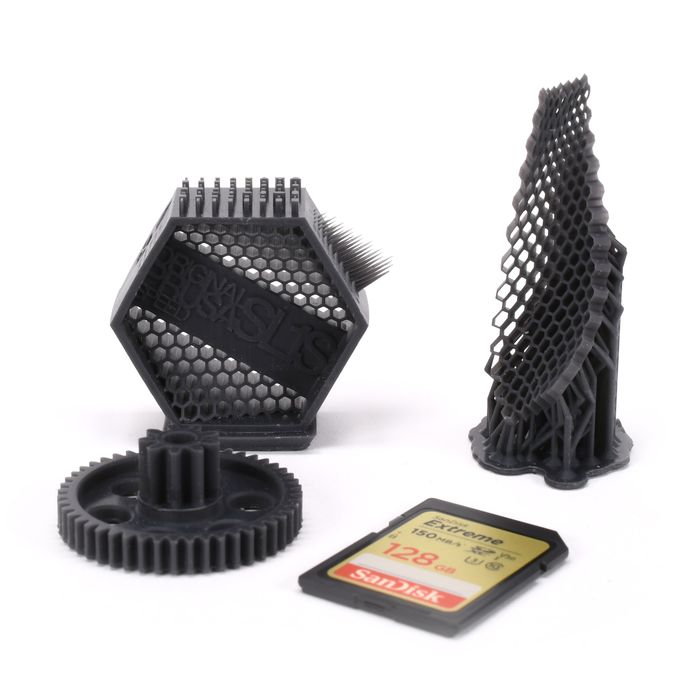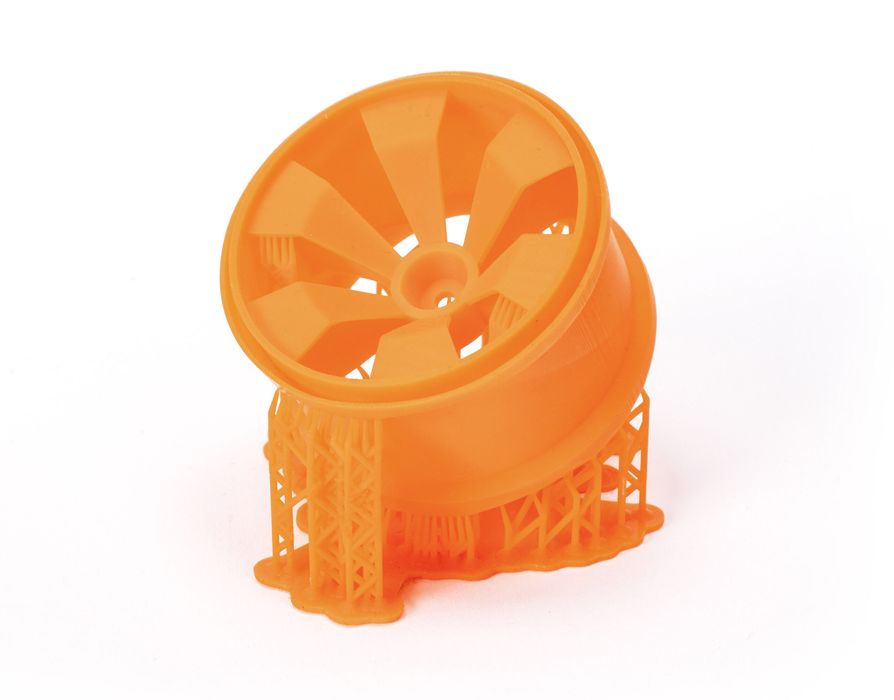
Three years ago Prusa Research launched their own filament production, and this week they launched a similar resin production line.
The introduction of “Prusament”, the company’s brand name for their filament products was revolutionary in several ways. While it was certainly unique for a 3D printer manufacturer to produce their own materials, the state of filament in the community at the time was quite inconsistent.
Prusament products carried QR-code documentation that identified the measured quality of each spool. That was unheard of at the time, and is largely still the case today with other filament manufacturers.
The reason Prusa Research was so concerned about quality is simply because their vast client base was subjected to a Wild West of third party products in the market. Colors, diameters, composition and other factors were quite inconsistent from many suppliers, leading to odd results for users of Prusa 3D printers.
This was exacerbated by the tendency of Prusa buyers to focus on low-cost materials, given that many of their clients are hobbyists. The lower cost filament suppliers tended to also be among to worst quality filaments available. Even worse, less-knowledgable Prusa equipment operators could easily confuse a problem actually caused by poor material as an equipment problem.
To rectify matters, Prusa Research simply took the problem in their own hands and produced outstanding filament products with their own manufacturing line. They made it available at very reasonable prices, too.
The result was a smashing success, and my understanding is that Prusa Research has continued to add filament production lines ever since.
Another result was a dramatically increased awareness of filament quality by buyers. There are now several other companies stating specifications for their products, while years ago it was common to see virtually no specifications on a spool other than “Electric Blue”.
Prusament Resin Introduced

Since Prusament was introduced, however, the company also introduced a completely new type of 3D printer: the SL1, a resin-based device (and later, the speedier SL1S).
While the SL1S is a high quality device for its price, it was subjected to the same problem that its filament sibling machines encountered: poor quality materials from third parties. Again, this is especially true with the low cost providers that SL1S buyers tend to use.
It’s certainly possible to obtain very high quality resin from multiple suppliers, but the cost can be extraordinarily high. Some can charger as much as US$200 per liter or more, which is not in the budget of many SL1S buyers.
Prusa Research pulled out their Prusament playbook and have re-run the process, this time developing their own in-house resin: Prusament Resin. They explain:
“This is our brand new, in-house manufactured, high-quality resin for fast and reliable printing. It’s much more, though. Prusament Resin aims to increase comfort and safety during use – the ingredients are specifically chosen to minimize bad odors and health risks. Of course, mechanical properties are fine-tuned as well, so you can create solid, sturdy 3D prints.”
Prusament Resin Safety

Their mention of safety caught my attention, as this is an aspect often forgotten by 3D printer manufacturers.
Standard photopolymer resin is almost always a toxic material when in liquid form. This toxicity demands use of eye protection and nitrile gloves when handling the materials, equipment and prints.
It’s one thing for a business to use a resin 3D printer in a workshop equipped with ventilation, documented operating procedures and even a safety officer, and quite another for a hobbyist to operate a resin 3D printer in their bedroom. Because many SL1S operators are hobbyists, it seems that Prusa Research wanted to do something about the toxicity.
They could not eliminate the toxicity because it’s my understanding that the fundamental nature of the photopolymer process requires specific chemicals that are toxic. However, they did manage to eliminate another nasty chemical: Bisphenol A. Prusament resin does not contain this chemical, which is commonly found in other 3D printer resins. The result is a material that retains all the necessary engineering properties, but is somewhat safer to use.
Prusa Research also indicates Prusament Resin has a lower odor when exposed to the air, which is also good news: your nose detects particles in the air, and evidently there are less with this material.
Unlike filament, resin doesn’t really have measurable factors that correspond to quality. However, like their filament line, each bottle of Prusament Resin will apparently come with a QR code pointing to the manufacturing date and batch number.
While Prusament Resin is specifically optimized for the SL1S 3D printer, it is a 405nm material that can also work on any other resin 3D printer with a similar wavelength. I have no doubt many operating third party devices will be purchasing Prusament Resin in hopes of gaining consistency and safety.
Prusament Resin Pricing and Availability
The first release of Prusament Resin is branded “Tough” offers three different colors: orange, anthracite and “rich black”. It’s sold in 1kg bottles at the very decent price of US$69 each. They say they will introduce new colors in the future, and hinted at this with a tantalizing image:

My thinking is that Prusa Research could have a winner here, just as they did with their revolutionary filament product.
My hope is that other resin manufacturers will trigger on the safety aspects and begin to produce less toxic products in the future, and ensure they are of highly consistent quality.
For now, however, that consistency at low cost can be had with Prusament Resin.
Via PrusaPrinters
